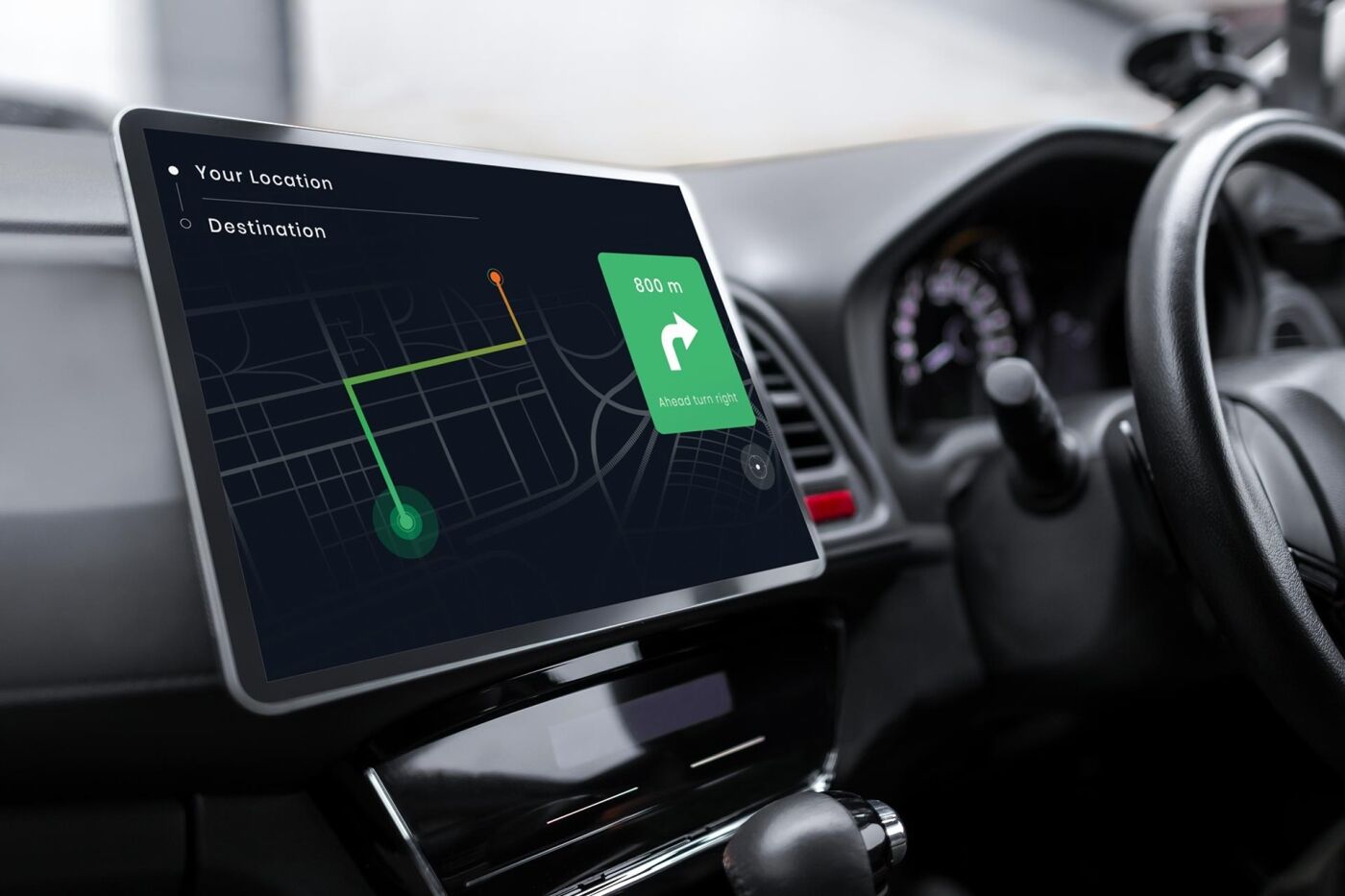This is a personal view of the Internet of Things (IoT) which may not be shared by others, but is my experience of how IoT has developed over the last quarter of a century and longer—a period of time that extends before the term was actually coined by Kevin Ashton of MIT in 1999 during a presentation he made to Procter & Gamble, centered around RFID technology.
The Oxford English Dictionary defines “The Internet of Things” as “The connection of devices within everyday objects via the Internet, enabling them to share data.” This was an activity that had been going on for a while anyway even without a name, particularly if you remove the phrase “via the Internet”.
Evolution. Technology evolves in an almost Darwinian “survival of the fittest” fashion over time. Initially, devices would communicate “locally” with each other to gather data and send commands. Some examples of this are CAN Bus and X10.
The CAN Bus (Controller Area Network) protocol was first released in 1986 and Intel chips supporting it began to ship in 1987. The first car to use CAN Bus was the Mercedes Benz W140 in 1991. CAN Bus was a means of sending and receiving messages between elements of automotive devices, reducing the mass of wires needed to communicate between these devices. And this is a technology very much still in use today in the automotive and industrial controls industries.
The X10 protocol was developed in 1975 as a means of sending/receiving messages passed over the main power wiring within a house for home automation. This was later extended to include using radio to carry the message on unlicensed bands (433.92MHz in the UK and 310MHz in the US).
Next, we need interconnection! The rise of the Internet, particularly once always-on broadband became the primary way the Internet was delivered to the household (or anywhere for that matter) together with the mass uptake of personal computers, created the environment for “everyday” devices to communicate with each other globally. Obviously, business and industrial systems were interconnected long before households, but only because the costs could only be afforded by large organizations. However, in my opinion, it was the household use of interconnected devices that really sparked the “everyday” use of devices—think about baby cams, smart fridges, smart TVs, home automation, environment control systems, and so on. The mass-market opened up and the introduction of very small and very cheap Wi-Fi modules made adding Wi-Fi to a smart device almost zero cost (in hardware terms anyway).
Then we needed better radios! All of these interconnected devices needed to extend their range outside of the building they were in. Wi-Fi is radio, but its range can only go so far. In 2015, the LoRa Alliance was founded and the LoRaWAN protocol brought together the work that had been going on since 2009 to produce radio devices that would work using low power over long distances. There are other contenders for this spot but, once again in my opinion, LoRaWAN is the current champion.
And finally, a backend is needed! To pull together all the data from these devices, cloud-based backends are very much needed. Many manufacturers of Internet-connected devices have their own backend, but there is a massive need to integrate data from multiple sources to see it all in one place. In general, data can be harvested from a manufacturer’s backend or from various third-party backends and brought into a cloud system to show that unified picture, allowing analytics to be applied to the data, turning it into information. This is a massive subject in its own right—too much for this short blog post.
So, to go back to the start and try to answer the question I posed, “What is the Internet of Things”. The words “Internet” and “Things” have to be used in their broadest sense. “Internet” now means much more than the traditional meaning of the word. It means any communication mechanism that gets data/commands between devices and analytic/control systems. “Things” is a good word for the devices, which can be anything with sensors and/or actuators that can communicate in some way. But none of this is of real value without the backend and the associated analytics. I think we need a new pithy phrase…
